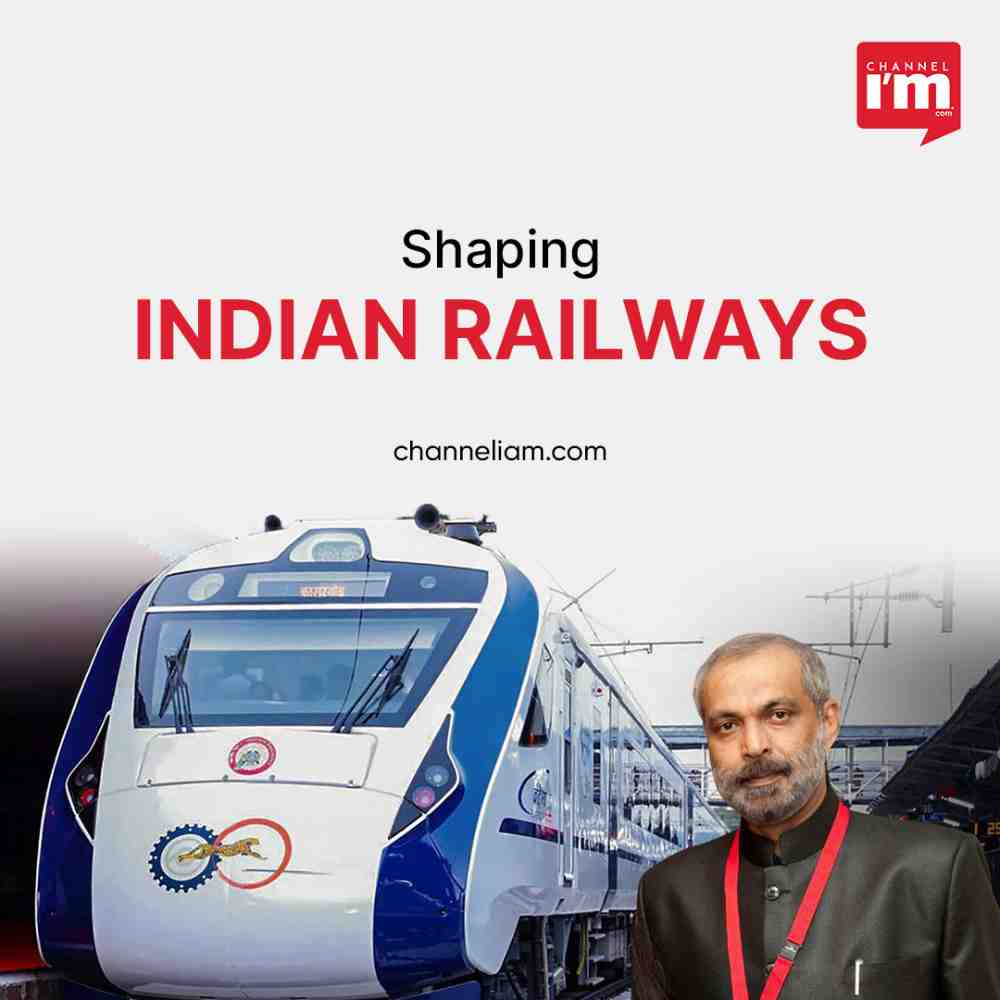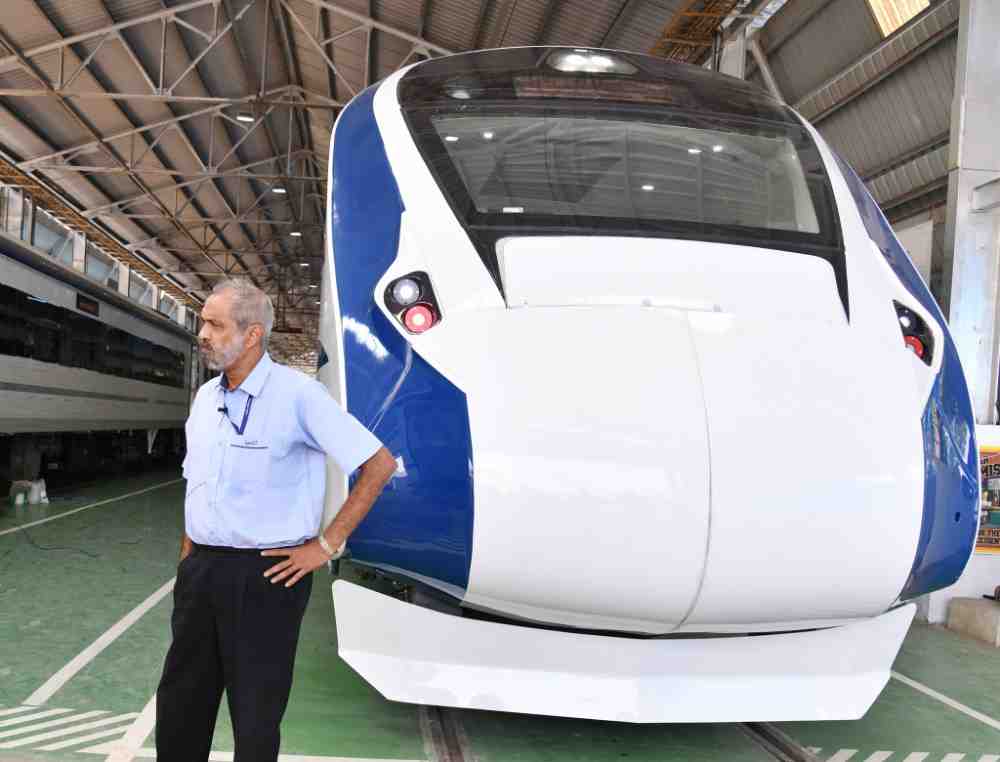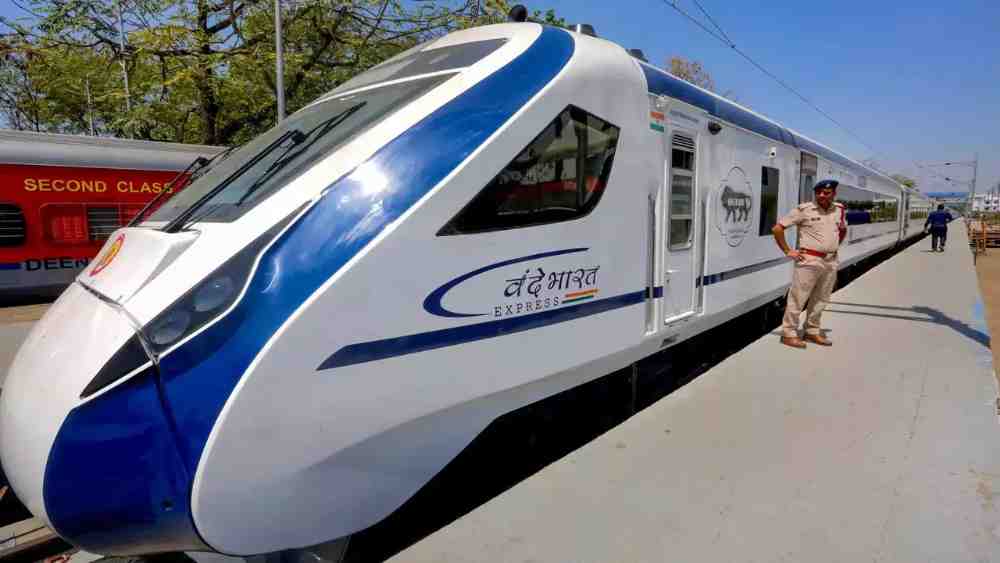In a conversation with Sudhanshu Mani the visionary behind Indian Railways’ Vande Bharat trains, , in Deccan Herald, delves into the complexities and aspirations of India’s railway network. From the need for higher speeds to passenger-centric reforms and the prospect of privatization, Mani sheds light on critical issues that are shaping the future of rail transportation in the country.

Vande Bharat’s Need for Speed
Sudhanshu Mani emphasizes the importance of increasing the average speed of Vande Bharat trains to at least 100 kmph. He explains how these trains, renowned for their acceleration and deceleration capabilities, managed to reduce travel time on the Delhi-Bhopal route by over 20% at an average speed of 96 kmph. However, he expresses concern that subsequent Vande Bharat trains have not maintained this high average speed, with some even falling below 70 kmph.
Infrastructure Lagging Behind
One major challenge facing Indian Railways is the lag in infrastructure development. Mani highlights the need for coordination between various teams, execution contracts, time, and funding to upgrade railway tracks. While money isn’t an issue, the execution of contracts to improve infrastructure remains a bottleneck.
Fares and Competition with Air Travel

Mani clarifies that Vande Bharat was designed to compete with air travel, particularly for journeys up to six hours. Consequently, the fares are relatively high to match the convenience and speed offered by air travel.
Balancing Speed with Accessibility
The interviewee draws attention to the stark contrast between the luxurious train travel experienced by the elite and the overcrowded conditions faced by the common man in general class coaches. Mani believes that the government should focus on making trains with more coaches, emphasizing the need to cater to the non-elite 95% of passengers who rely on rail transportation.
Safety and Technology
In terms of safety, Mani asserts that the Vande Bharat trains exhibit better crashworthiness compared to LHB coaches. These modern trains feature safety enhancements such as microprocessor-controlled braking systems and automatic doors that enhance passenger safety.
Privatization and Asset Monetization

Regarding privatization and asset monetization, Mani advocates for a balanced approach that includes both private and public involvement. He notes that the previous attempt to involve private operators in train operations did not yield desired results due to skewed policies. Mani suggests that asset monetization is crucial for the railways’ financial health but recognizes the need for a new, efficient model to make it work.

Sudhanshu Mani’s insights shed light on the challenges and opportunities facing Indian Railways. Balancing the need for speed, safety, affordability, and privatization is a complex task, but it is essential for the railways to evolve and meet the diverse needs of India’s growing population.
